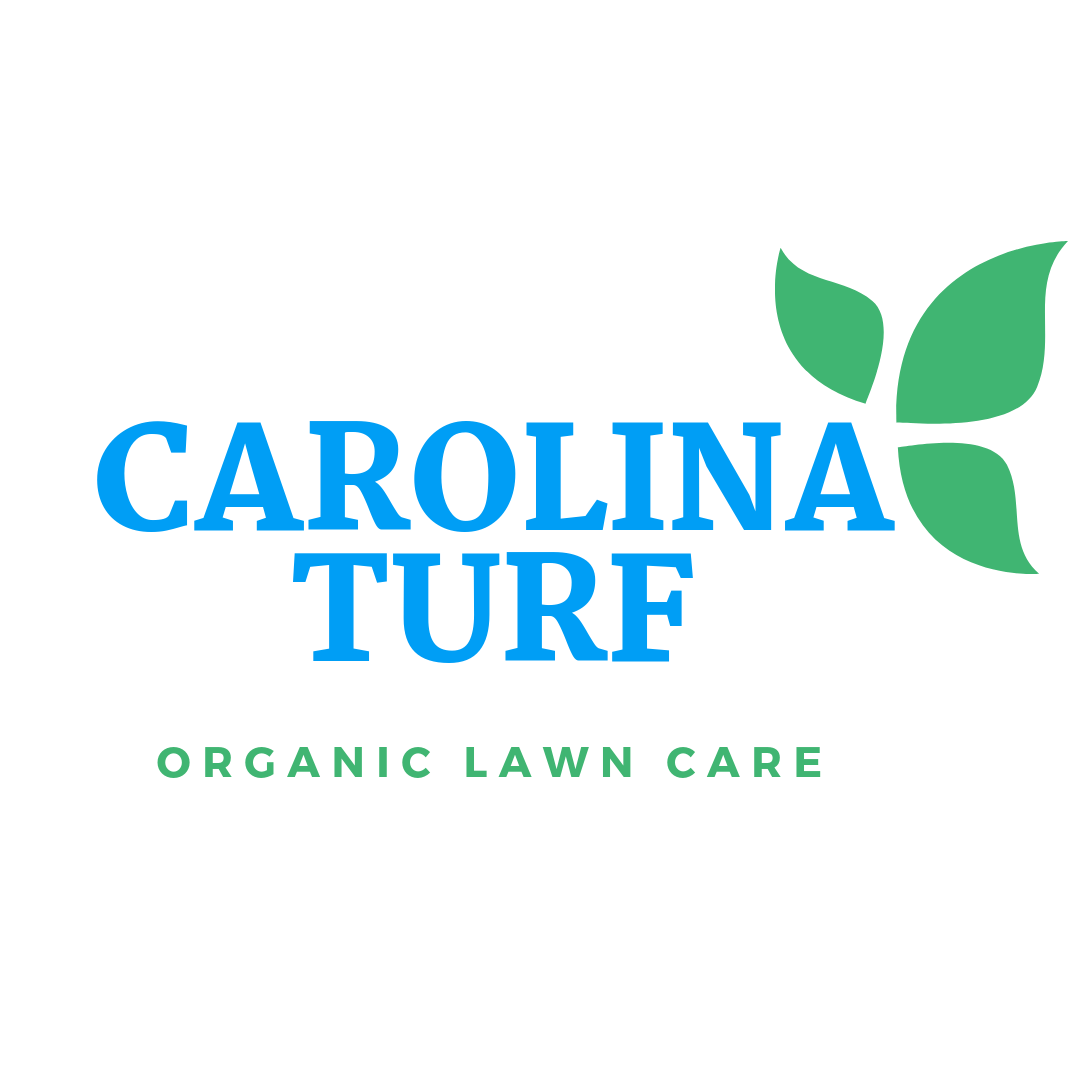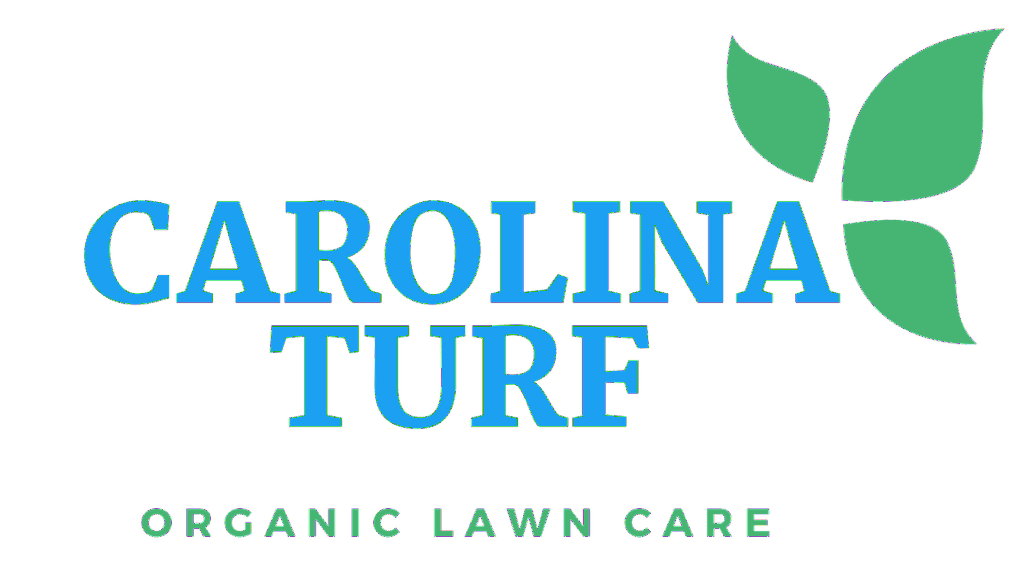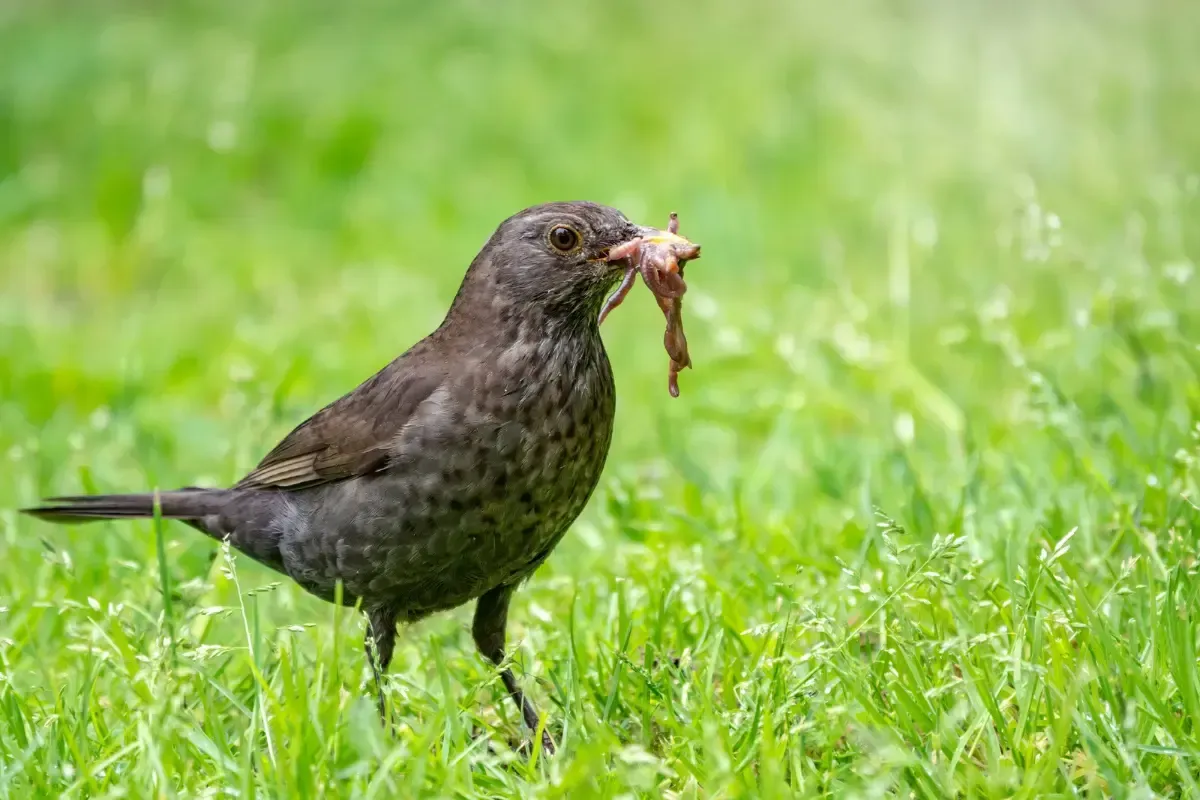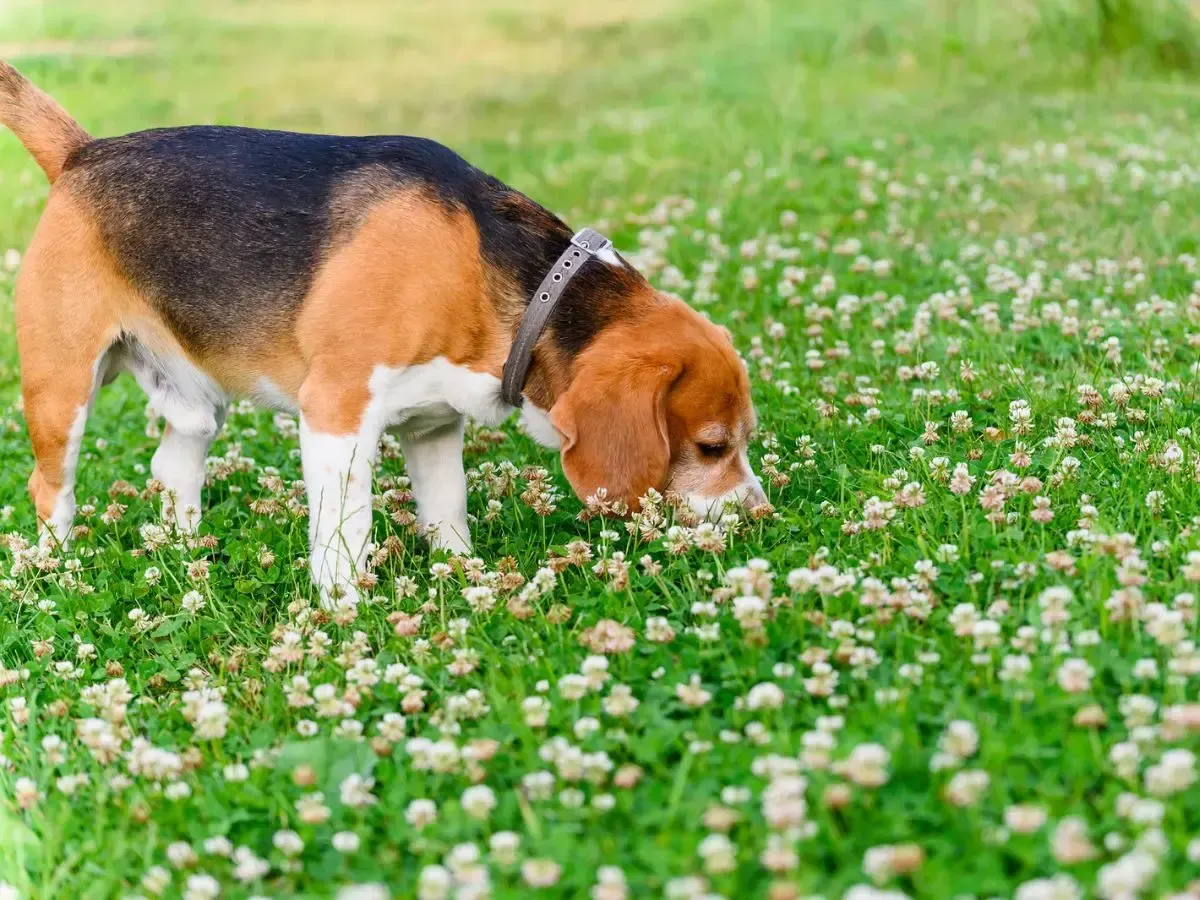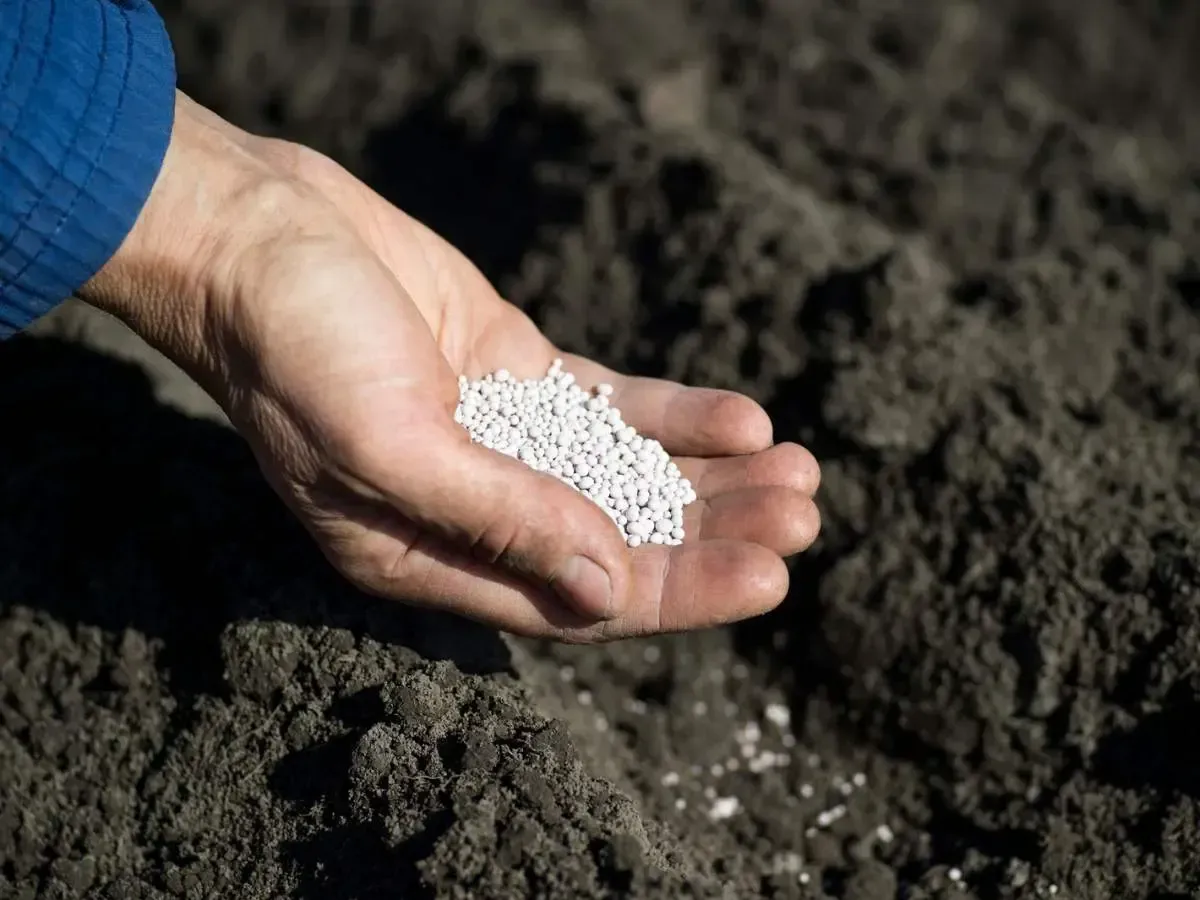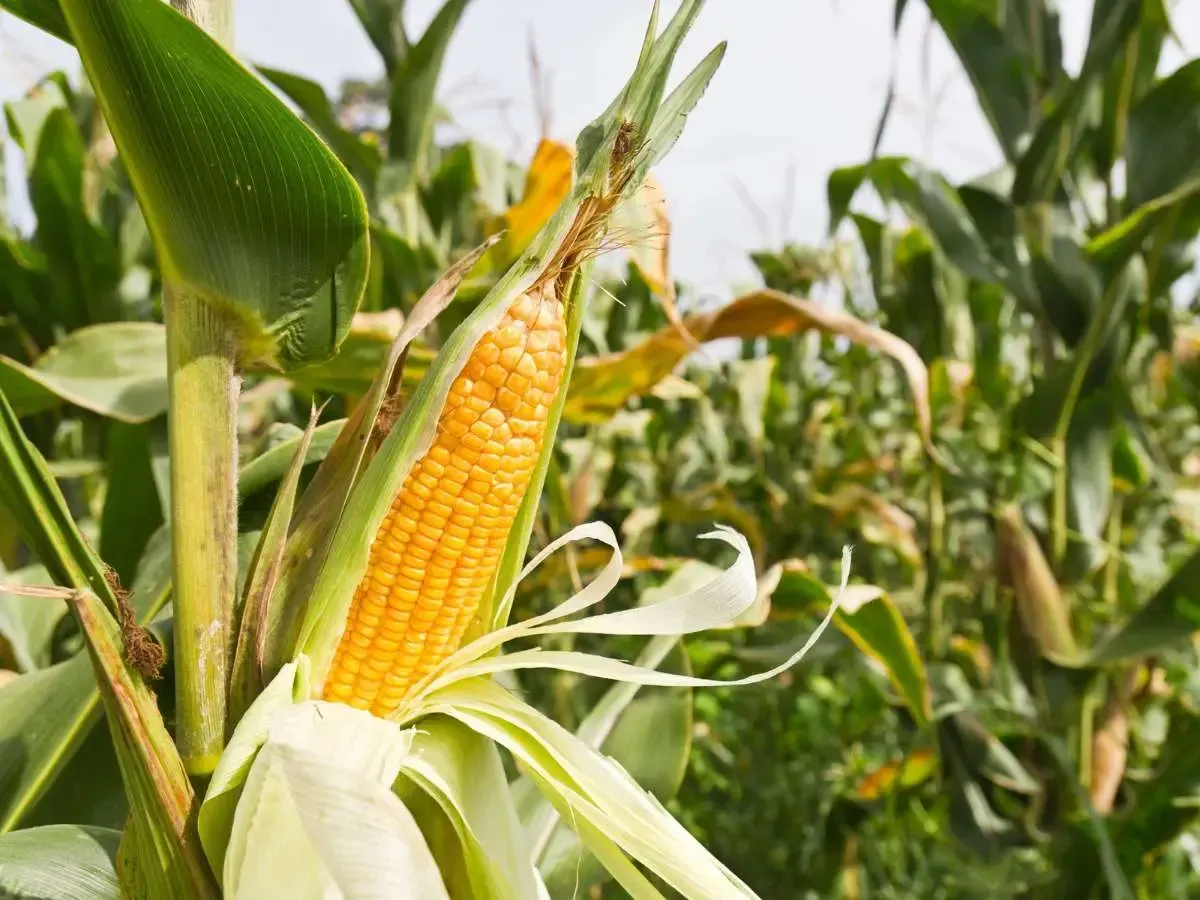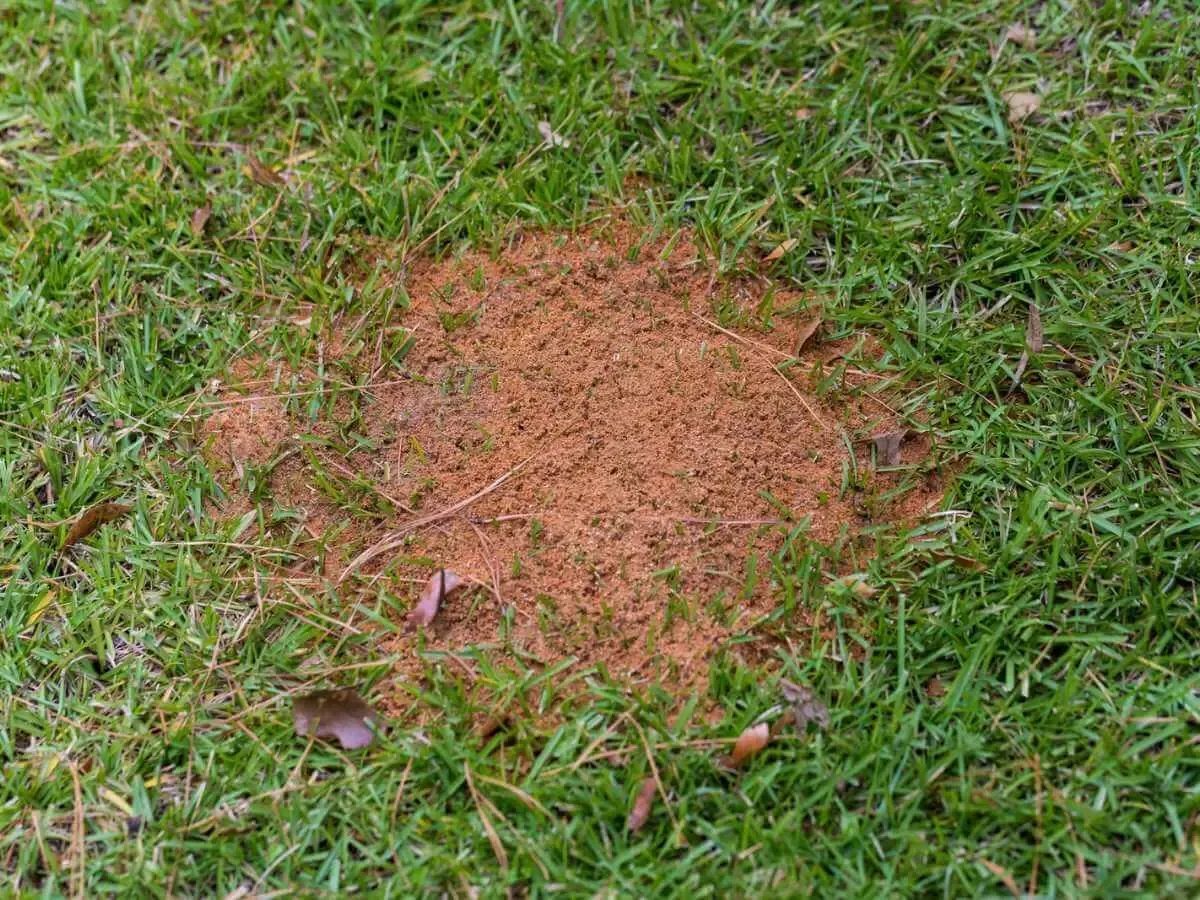How to Get Rid of Grubs and Armyworms Organically
No, I don’t want no grubs 🎶 Learn how to get rid of grubs and armyworms before they destroy your lawn.
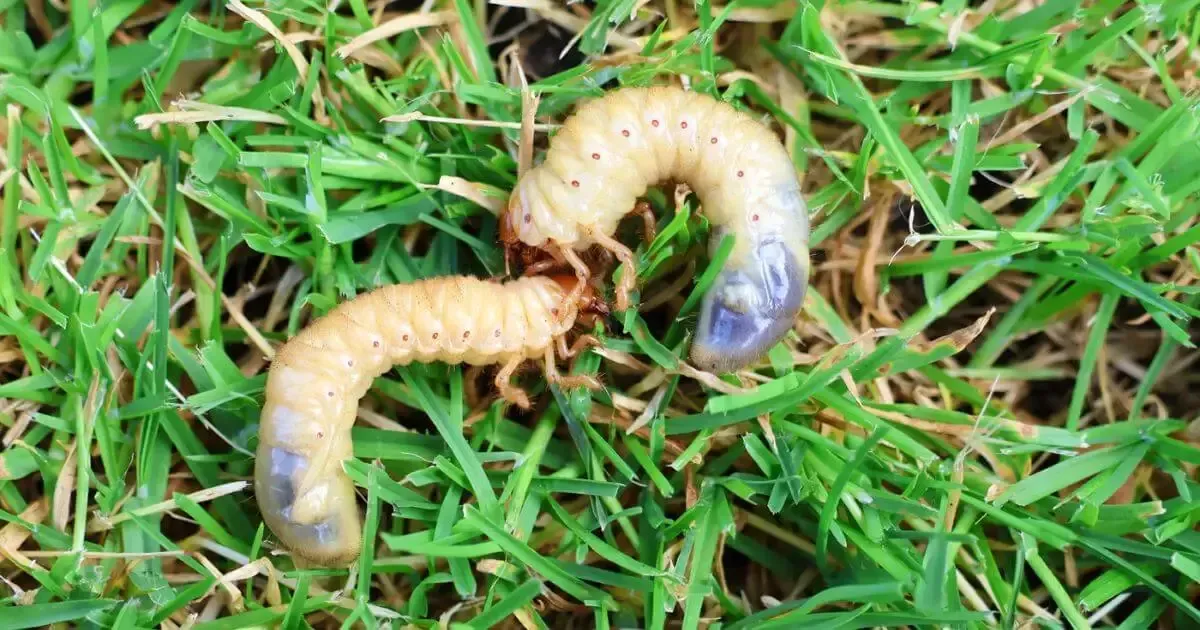
You step onto your lawn, only to feel your foot sink into a mole tunnel. Your mood sinks, too, when you notice brown patches scattered across your yard. Your grass is dying!
If this sounds familiar, you might be dealing with one of the most notorious lawn destroyers: grubs. These wormy critters are more than just a nuisance—they're a full-blown invasion. And if you live in the Raleigh-Durham area, late summer is the time to act before your lawn gets completely destroyed. In this blog post, we’ll tell you how to get rid of grubs.
What Are Grubs and Why Should You Care?
First things first—what exactly are grubs? Grubs are Japanese beetle larvae that have a particular fondness for your lawn’s roots. As they munch away underground, they weaken your grass from the bottom up, leading to those unsightly brown patches that make your lawn look more like a patchwork quilt than the nicely striped lawn you desired.
But the damage doesn’t stop there. Grubs are like dinner bells for moles, those little underground pests that tunnel through your yard looking for their next meal. So, if you’re seeing signs of grubs, chances are good that moles aren't far behind. Getting rid of grubs isn’t just about saving your grassroots—it’s also cutting off the food supply for moles.
What Does Grub Damage Look Like
So, how do you know if grubs are the culprits behind your lawn woes? The telltale sign is patchy, brown spots of grass that feel spongy underfoot. Grubs feed on grass roots, which weakens the turf and makes it easy to pull up. If you can lift a section of grass and the roots come out easily, you’re likely dealing with a grub infestation.
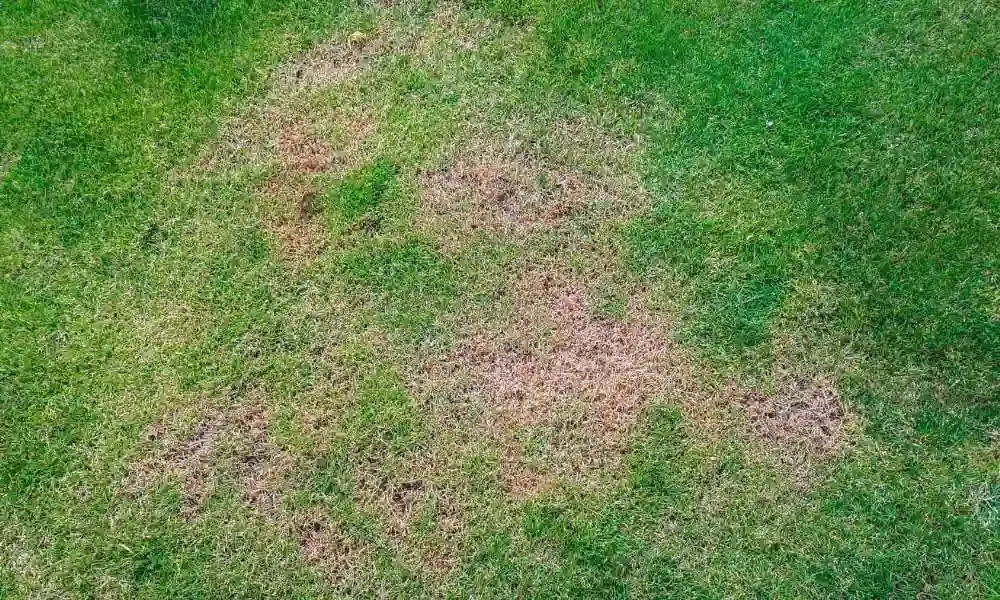
But the trouble doesn’t stop at your lawn. After the grubs have hatched into adult Japanese beetles, they emerge from the soil and set their sights on your ornamentals. These beetles are notorious for skeletonizing leaves, which means they eat the tissue between the veins, leaving your plants with a lacy, damaged appearance. They particularly love roses, crape myrtles, and fruit trees, turning your beautiful garden into a battleground. By controlling grubs, you're protecting your lawn and defending your prized trees and bushes from these hungry beetles.
How To Get Rid Of Moles in Yard Fast
I’m not making mountains out of molehills when I tell you these pests can mess up your yard. Moles tunnel through your lawn, creating unsightly ridges as they go. They’re after the grubs, but in the process, they tear up your grass and disrupt your lawn’s appearance.
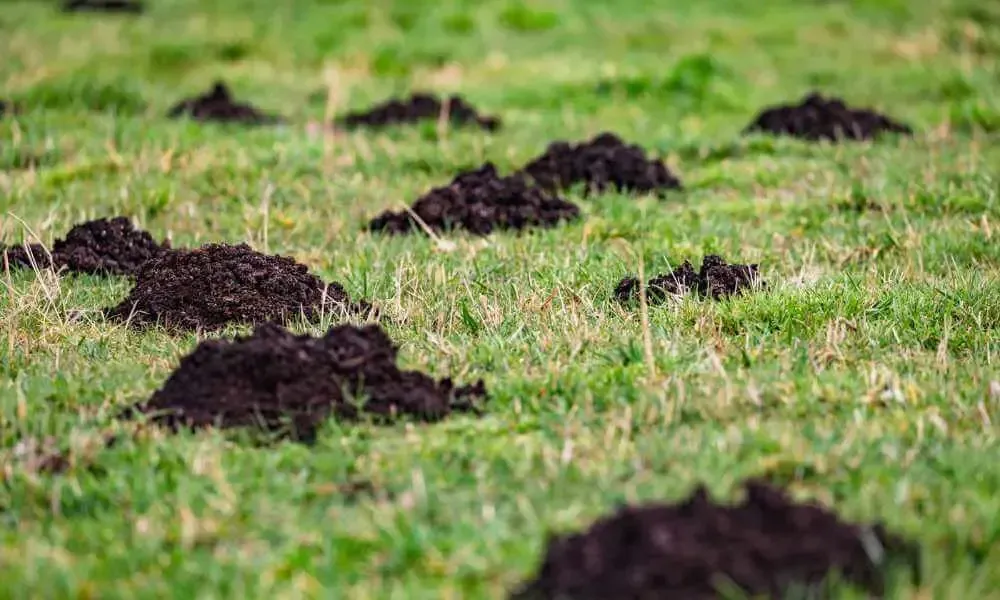
The connection here is simple: no grubs, no moles. If you eliminate the grubs, you eliminate the food source for these uninvited guests. Carolina Turf offers a monthly organic mole & vole repellent service to chase these uninvited guests away. Still, we recommend pairing it with our quarterly grub control treatments for the best results.
When to Apply Grub Control in Raleigh-Durham
Timing is everything when it comes to grub control. The ideal time to apply grub control is in the late summer to early fall, typically late July through August when grubs are small and feeding heavily on your lawn’s roots.
It’s mid-August now, and I can’t tell you how many panicked phone calls we’ve had thanks to these sinister little bugs. Late summer is the time of year when the eggs laid by beetles earlier in early summer start to hatch. These tiny grubs might be small, but their appetites are anything but! As they feast on the roots of your grass, they can cause significant damage, leading to those frustrating brown patches.
This period is crucial because grubs are at their most destructive stage. They’re near the surface, actively feeding and causing havoc on your lawn. Applying control measures now is your best shot at stopping them before they burrow deeper into the soil for the winter. Once they dig down, they become much harder to treat and can continue to be a problem when they re-emerge in the spring to pupate and eventually become adult beetles.
Targeting grubs during their peak feeding period saves your lawn from immediate damage and reduces the number of Japanese beetles that will emerge next summer. It’s a win-win—nipping the problem in the bud and preventing future infestations.
What Are Armyworms and How Do They Compare to Grubs?
Here in the Triangle area, we have the occasional tropical storm or a hurricane sweep through. These storms can sometimes bring in a new pest: armyworms. When we’ve recently had a tropical storm, it’s worth checking your lawn for armyworms.
Armyworms are another lawn enemy that can cause significant damage. Unlike grubs, armyworms are caterpillars that munch on grass blades rather than the roots. They can strip a lawn bare in no time, leaving you with brown patches and an uneven lawn.
The key difference between grubs and armyworms lies in where they attack. Grubs work underground, eating the roots and causing your grass to die from below. Armyworms, on the other hand, are surface feeders. You’ll see them on the blade of grass, and they often leave behind chewed-up blades as evidence of their presence. Fortunately, we also have an effective organic products for dealing with armyworms.
How To Get Rid of Grubs in Lawn Organically
Now that you know what you’re up against, let’s talk about how to get rid of grubs. If you’re already seeing grub damage, it's crucial to take action swiftly using non-toxic methods that are safe for your lawn and the environment.
Carolina Turf specializes in non-toxic solutions that are effective and environmentally friendly. One of the best options is using Milky Spore, a natural bacterium specifically targeting Japanese beetle larvae, effectively reducing the grub population over time.
This natural, non-toxic method can restore your lawn’s health without compromising safety or sustainability. Be sure to water your lawn thoroughly after application to help the treatment penetrate the soil and reach the grubs.
Preventing Future Infestations with Grub Control
Once you’ve dealt with your current grub problem, you’ll want to ensure they don’t return. All it really takes is for one of your neighbors to have an infestation for the problem to spread through the entire neighbohood. Worse yet, if anyone in the vicinity decides to use a Japanese Beetle trap, they usually attract more beetles to the area than actually capture them.
Carolina Tuf will apply organic grub control quarterly (except in the dead of winter) to prevent future damage to your lawn. Monitoring is also key. Keep an eye out for the signs of grub activity and deal with the problem head-on rather than waiting. A little vigilance now can save you a lot of hassle later, including replacing your entire lawn.
Grubs may be small, but the damage they cause is anything but. By taking the proper steps at the right time, you can protect your lawn from these pests and keep it looking its best. And remember, controlling grubs doesn’t just save your grass—it also keeps moles and voles from setting up shop in your yard.
So, don’t wait; take action now. Your lawn will thank you.
Got questions or need our help? Contact us!
